In May 2025, Professor Jove Jim S. Aguas, PhD, and...
Read More
Announcements

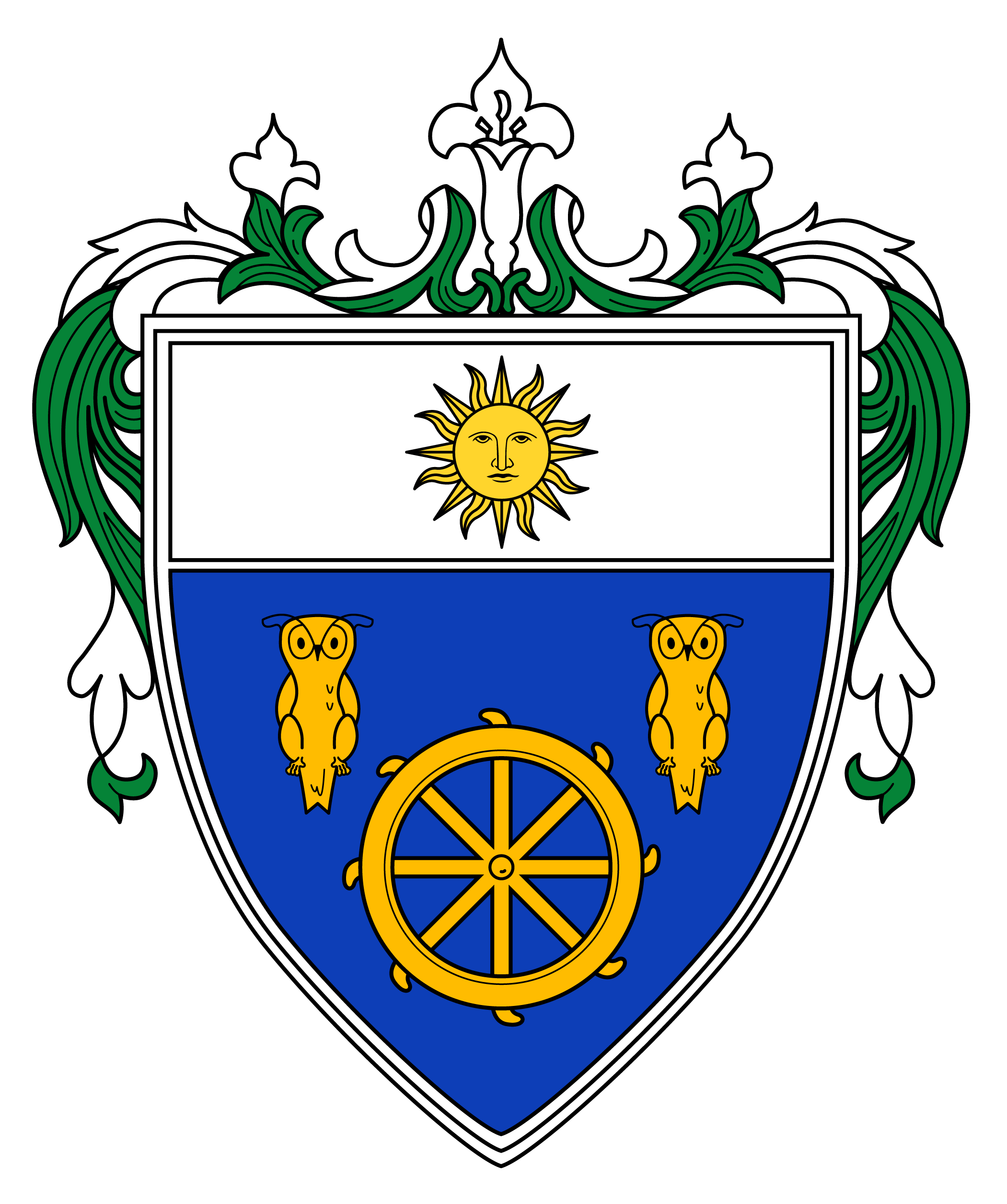
Faculty of Philosophy (1611)
Doctor of Philosophy
Licentiate in Philosophy
Bachelor of Philosophy (Classical)

Send us your feedback

The Philippiniana Sacra is the official publication of the Ecclesiastical Faculties of the University of Santo Tomas, Manila, Philippines. It is published three times a year with an Ecclesiastical Approval.
Articles written in English, Spanish, Latin, and Filipino (with English translation) and focusing on Philosophy, Theology, and Canon Law are welcome. Submitted manuscripts are subjected to a qualitative assessment of the editorial board and double-blind review.
The Philippiniana Sacra is presently a Commission on Higher Education-recognized research journal, with Category A-2 rank.
In May 2025, Professor Jove Jim S. Aguas, PhD, and...
Read MoreA new collection of studies, recently released in Spain, titled...
Read More
(4th Century AD), virgin and martyr
Secondary Patroness of the University of Santo Tomás
Patroness of the UST Faculty of Philosophy
Feast Day: November 25
Though the veneration of St. Catherine has been widespread since the 10th century, there is only a limited credible information concerning her life. According to popular tradition, she was born in Alexandria, the intellectual and cultural center of the ancient Mediterranean world, and had devoted herself to study since childhood. Through her reading, she had learned about Christianity and was converted. When the persecution of Christians escalated, she went to the Emperor to rebuke him boldly for his cruelty. Since the Emperor cannot answer her arguments against his pagan gods, he summoned fifty philosophers, who succumbed to her reasoning. Consequently, they were all burned to death. He then tried to offer her the consort’s crown, but she indignantly refused him, so she was beaten and imprisoned. The Emperor soon discovered that even his queen and his soldiers were converted to the true faith by Catherine, and were also put to death.
Catherine was then sentenced to die on a spiked wheel. When she was fastened to the wheel, her bonds were miraculously loosened and the wheel itself broke, its spikes flew off and killed some of the onlookers. She was then beheaded. According to legend, her body was carried by angels to Mount Sinai, where a church and monastery were built in her honor.
St. Catherine’s practice of Philosophy became an occasion for conversion, the motive for martyrdom, and represents the depths of charity and wisdom of God. According to tradition, she triumphed by closing the mouths of sophists, and her intercession was implored by theologians, apologists, pulpit orators, and philosophers. Before studying, writing, or preaching, they besought her to illumine their minds, guide their pens, and impart eloquence to their speech. St. Catherine of Alexandria is the patroness of the UST Faculty of Philosophy and the secondary patroness of the University of Santo Tomas.
Sources:
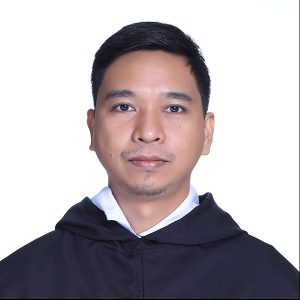
Rev. Fr. Christopher P. Garinganao, O.P., PhD
Acting Dean

Asst. Prof. Warren S. Maneja, MA
Faculty Secretary

Rev. Fr. Isidro C. Abaño, O.P., SThL, MA
Licentiate in Sacred Theology
Master of Arts in Theology
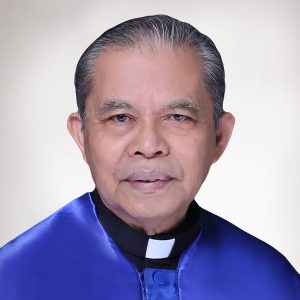
Rev. Fr. Reynaldo J. Adalid, O.P., S.Th.B., PhL
Licentiate in Philosophy
Bachelor of Sacred Theology

Rev. Fr. Ernesto M. Arceo, O.P., SThL, PhD
Doctor of Philosophy
 Mr. Pierre Jasper Bacolod
Mr. Pierre Jasper Bacolod

Ms. Chrisma B. Calumpang, MA
Master of Arts

Rev. Fr. Jun Arvie Belo, PhL, MA, JCL
Licentiate in Philosophy
Master of Arts
Licentiate in Canon Law
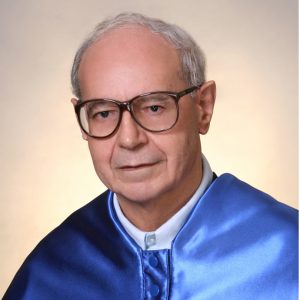
Professor Emeritus Rev. Fr. Dionisio G. Cabezon, O.P. Lect., SThL, PhD
Doctor of Philosophy
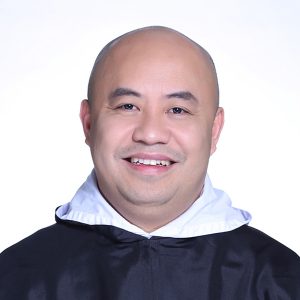
Rev. Fr. Rodel S. Cansancio, O.P.
Bachelor of Philosophy
Bachelor of Sacred Theology

Assoc. Prof. Jovito V. Cariño, PhD
Doctor of Philosophy, major in Philosophy
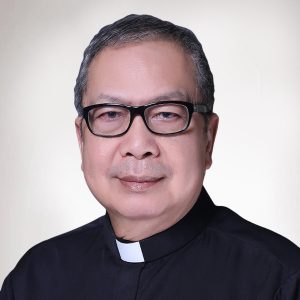
Rev. Fr. Norberto M. Castillo, O.P., MA, SThL, PhD
Doctor of Philosophy
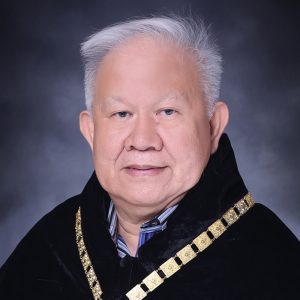
Professor Emeritus Alfredo P. Co, PhD
Doctor of Philosophy in Philosophy
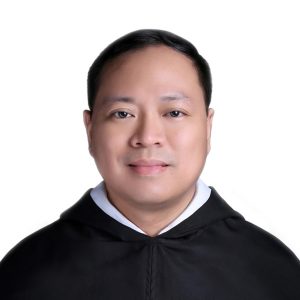
Rev. Fr. Louie R. Coronel, O.P. EHL
Licentiate in Church History

Rev. Fr. Luis David, S.J., PhD
Doctor of Philosophy
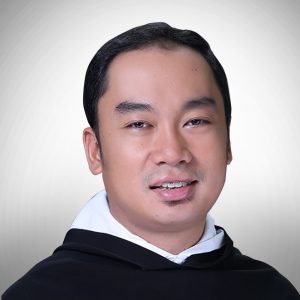
Rev. Fr. Felix delos Reyes, O.P. PhL
Licentiate in Philosophy
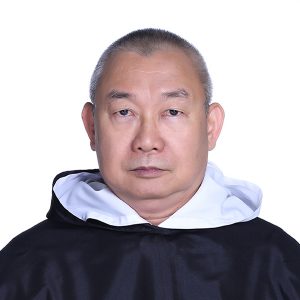
Rev. Fr. Maximo P. Gatela, O.P., PhL
Licentiate in Philosophy

Robert Paul Jurado, MA
Master of Arts

Rev. Fr. Jose Adrian Emmanuel Layug, PhL, MA
Licentiate in Philosophy
Master of Arts
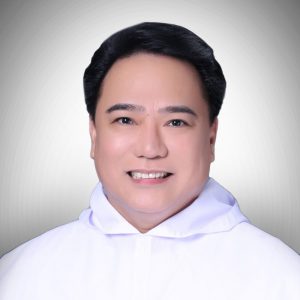
Rev. Fr. Roland D. Mactal, O.P., SThD
Doctor of Sacred Theology
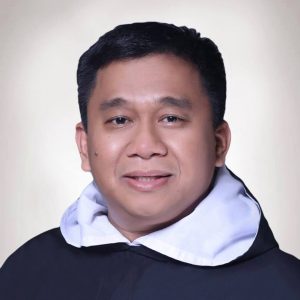
Rev. Fr. Jesus Jr. M. Miranda, O.P., PhD
Doctor of Philosophy in Educational Leadership

Mr. Emil Morales, MA
Master of Arts

Rev. Fr. Rommel Olivar, O.P., MA
Master of Arts

Asst. Prof. Jaezamie V. Ong, MA
Master of Arts in English Language Testing
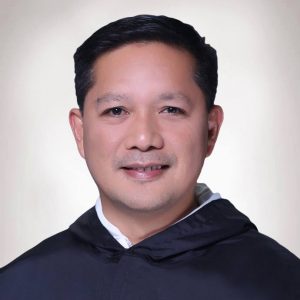
Rev. Fr. Hermel O. Pama, O.P., PhD
Doctor of Philosophy
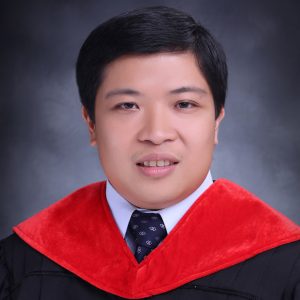
Atty. Elgin Michael C. Perez, Ll. B.
Bachelor of Laws
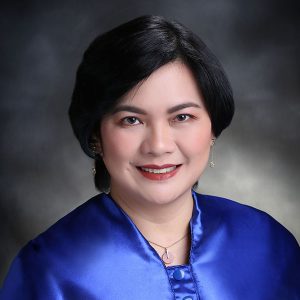
Prof. Ma. Agnes G. Ponsaran, PhD
Doctor of Philosophy, major in Philosophy

Rev. Fr. Rudolf Steven N. Seño, O.P., PhL
Licentiate in Philosophy


Mr. Jefferson Ong
Office Clerk
(Student Records)

Mr. Jeruel Jireh D. Cebeda
General Clerk

Mrs. Nona Ong
Office Clerk
(Office Communications and Files)
The Ecclesiastical Faculties of Sacred Theology, Philosophy, and Canon Law have always been considered as integral components of the University of Santo Tomas, which Pope Leo XII proclaimed a Pontifical University on September 17, 1902 through the Constitution Quae Mari Sinico. Pope Pius XII, meanwhile, declared UST as “the Catholic University of the Philippines” in 1947.
Towards the end of the 17th century, when new buildings had been constructed and able men with Doctorate in Canon Law had come to join the professorial staff, the University obtained the Brief “Inscrutabili” from Innocent XI, dated August 7, 1681 whereby this Faculty, together with those of Civil Law and Medicine were erected. On January 17, 1682, the Faculty to teach the canons was granted to the Dominicans by the Master of the Order. King Charles II of Spain also recommended on November 22, 1682, the erection of the Faculty.
However, because of the political unrest then reigning in the Islands, the plan was not carried out, even if Archbishop Pardo, then Rector of the University, had already granted in 1689 the necessary financial aid for its maintenance. Early in the 18th century, in 1702 and again in 1715, the government maintained the establishment of a legal course, but which was however, suppressed in 1726.
Adapted from: Fr. Rodel E. Aligan, O.P., Fr. Richard G. Ang, O.P., Fr. Jose Ma. B. Tinoko, O.P. in 400 @ 800: A Tribute to the 8th Centenary of the Order of Preachers (1216-2016), published by the University of Santo Tomas.